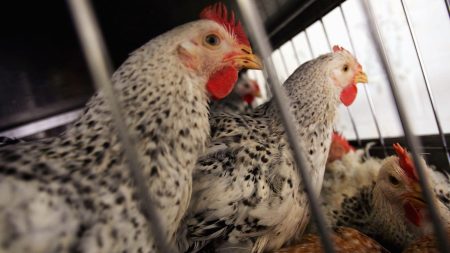Social media content creation is constantly evolving, and it is essential for content creators to pay attention to relevant statistics and data to optimize their content for growth and success. One significant insight from Hootsuite’s Social Trends Report 2024 is that despite the benefits of AI in content creation, 62% of consumers are less likely to engage with content created by AI. This highlights the importance of maintaining a human touch in content creation to ensure authenticity and audience engagement.
According to Morning Consult Pro’s 2023 report, social shoppers are more likely to purchase products from creators with relatable personalities rather than those with aspirational personalities. This suggests that content creators should focus on being relatable to their audience rather than striving for perfection. Engaging with the audience and being genuine can lead to better performance and success on social media.
Destination Marketing Organizations (DMOs) are increasingly focused on social media engagement metrics as key performance indicators in 2024. CrowdRiff’s report highlights that 67% of destination marketers prioritize social media engagement metrics to attract consumers and provide them with the necessary information about travel destinations. Content creators should prioritize engagement to entice audiences and encourage them to learn more about destinations.
Research from Emplifi’s 2024 Social Media Benchmark Report shows that Friday afternoons are the optimal time for posting on Instagram and TikTok, with more than 50% of average impressions coming during this time. Understanding the best posting times and analyzing analytics to track content trends is crucial for maximizing engagement and reaching a broader audience on social media platforms.
While Facebook and Instagram remain popular social media platforms, TikTok has seen a rise in usage among US adults, with the highest number of minutes spent on the app daily. Content creators should consider leveraging TikTok to reach a larger audience and engage with social buyers effectively. The growing popularity of TikTok indicates the importance of targeting platforms where consumers spend the most time.
Influencer marketing is on the rise in 2024, with advertisers planning to increase their investment in creator content by an average of 25%. The creator economy advertising opportunity offers influencers and content creators the chance to connect with brands and promote goods and services through social media. With an increasing demand for creators, it is essential for content creators to leverage their platforms effectively and capitalize on the growing trend of influencer marketing. By staying informed and utilizing relevant statistics and data, content creators can optimize their strategies for success on social media platforms.















